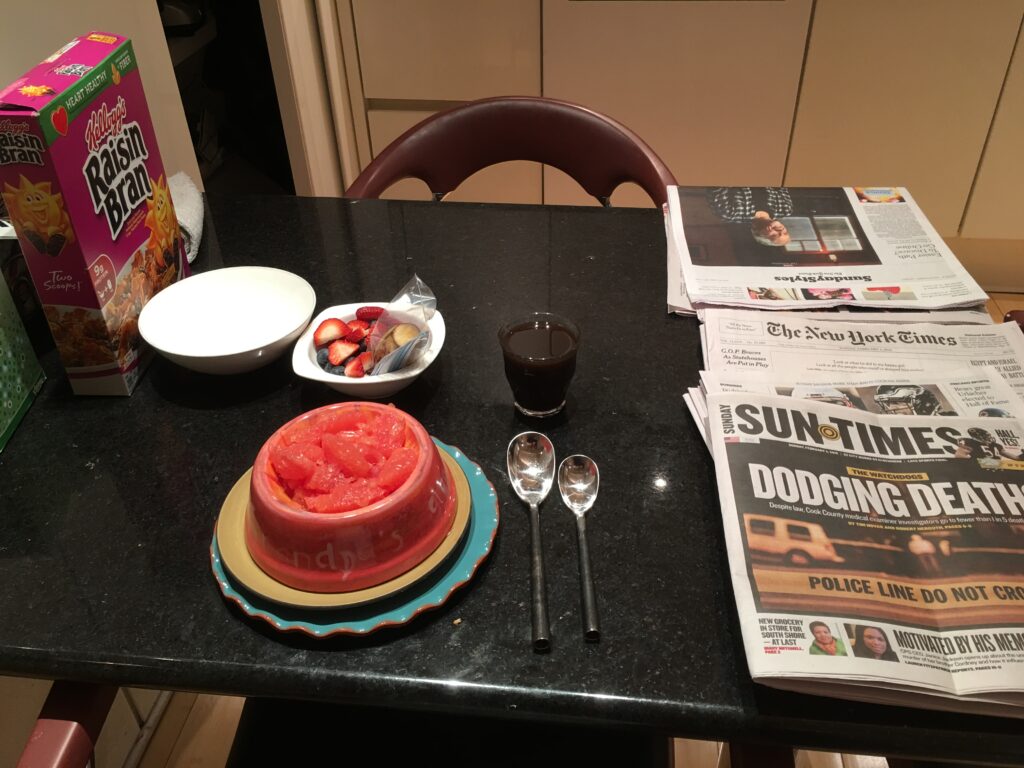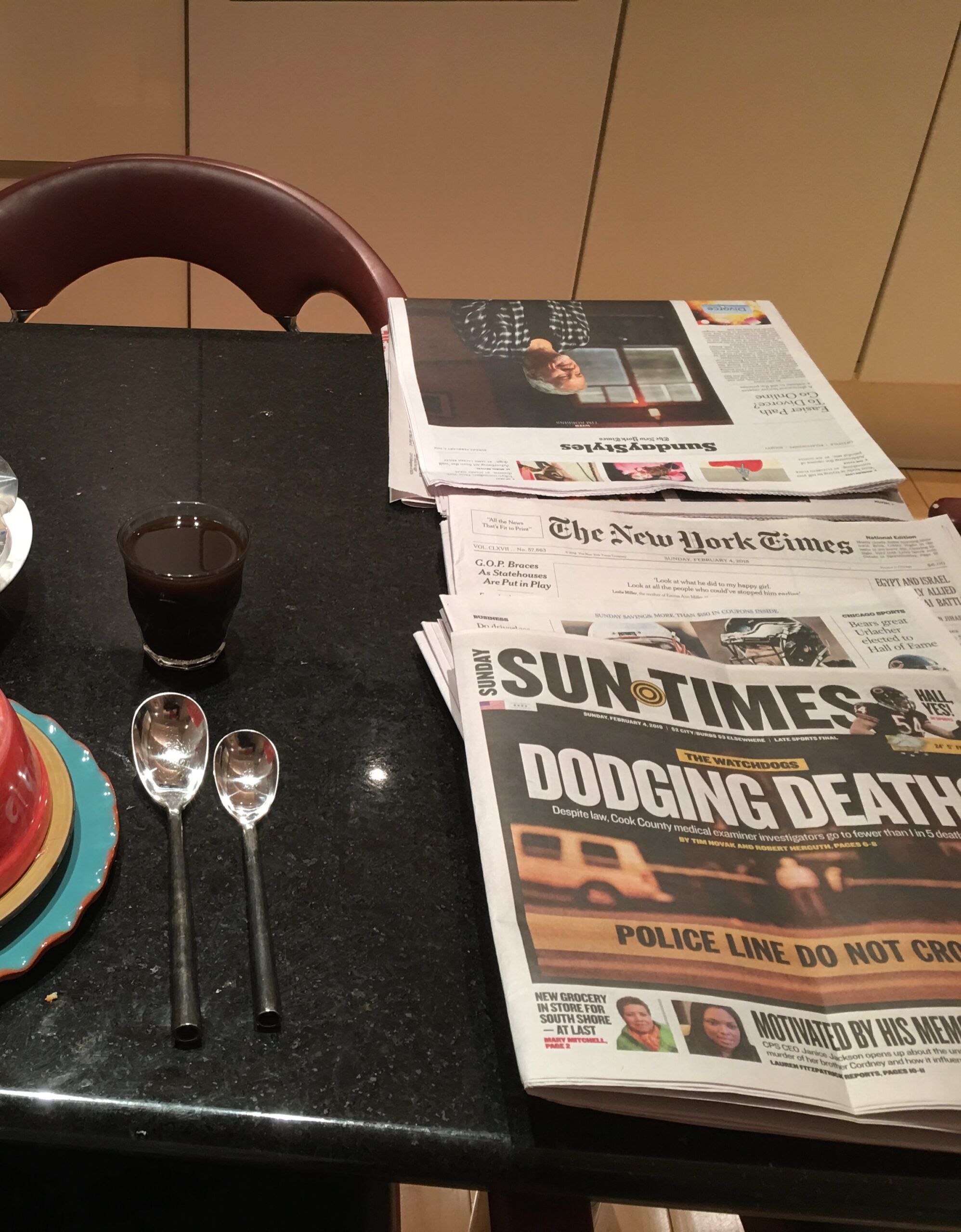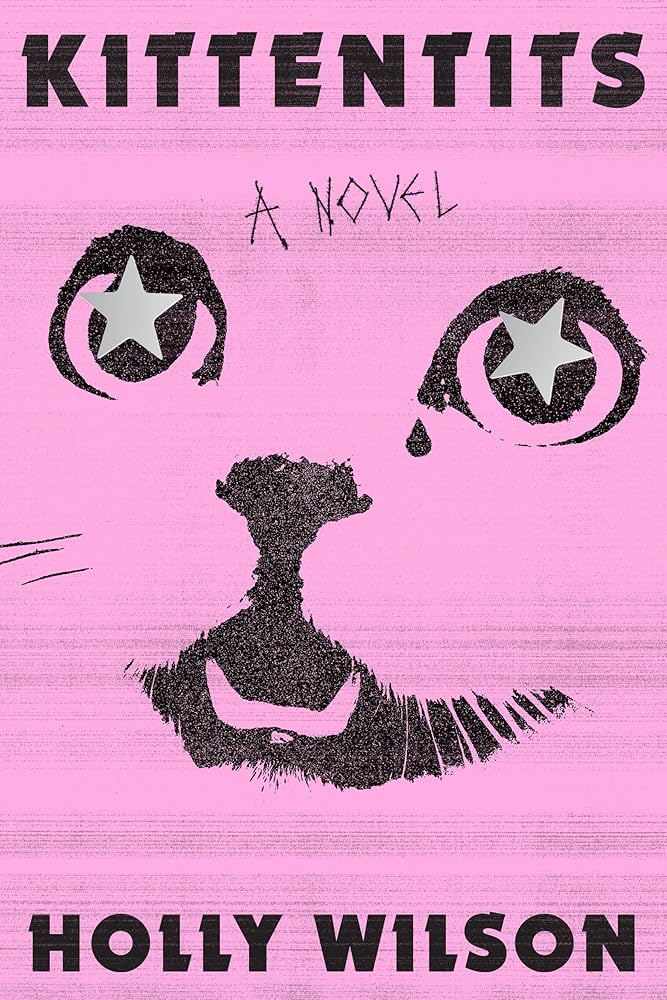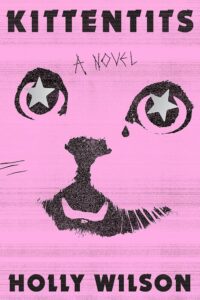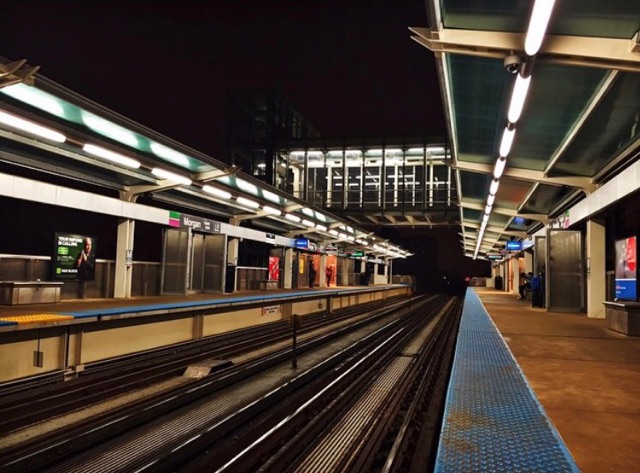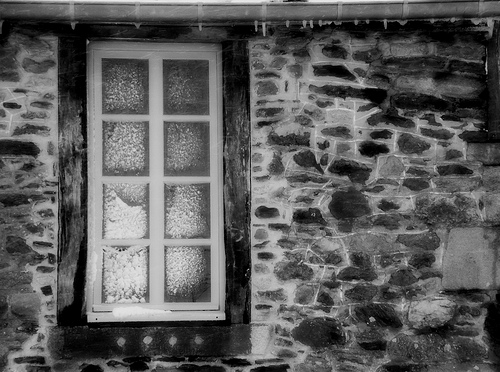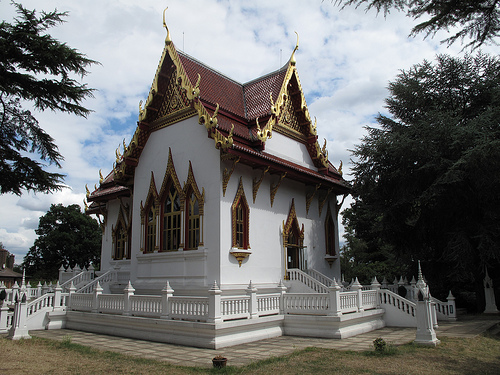By BLAIR KAMIN
This piece is excerpted from Who Is the City For? Architecture, Equity, and the Public Realm in Chicago by Blair Kamin ’79, a guest at Amherst College’s LitFest 2024. Register for this exciting celebration of Amherst’s literary legacy and life.

Looking back on nearly thirty years of architecture criticism at the Chicago Tribune, I realize that I have borne witness to a dramatic transformation of Chicago, from a declining industrial colossus to a dynamic yet deeply troubled postindustrial powerhouse, whose favored emblem is a jellybean-shaped sculpture of highly polished steel. The mirrorlike surface of that sculpture, officially titled Cloud Gate but widely known as “the Bean,” reflects the striking skyline of the city’s ever-growing downtown, now home to $10 million condominiums, Michelin-starred restaurants, and an elegant promenade that rims the once badly polluted Chicago River. But the Bean does not reflect the reality of a very different Chicago. That Chicago, though not without distinguished buildings and untapped economic potential, is also a place of weed-strewn vacant lots, empty storefronts, and unceasing gun violence. Indeed, Cloud Gate may be the ultimate shiny, distracting object. While the 2020 census revealed that Chicago’s population grew by nearly 2 percent during the previous decade, to 2.7 million, the dramatic disconnect between the two Chicagos prompts the question: Is this a good city, a just city? Absolutely not. Which prompts a second query: Can those responsible for building the city advance the fortunes of neighborhoods devastated by decades of discrimination, disinvestment, and deindustrialization? On that crucial matter, the jury is still out.
